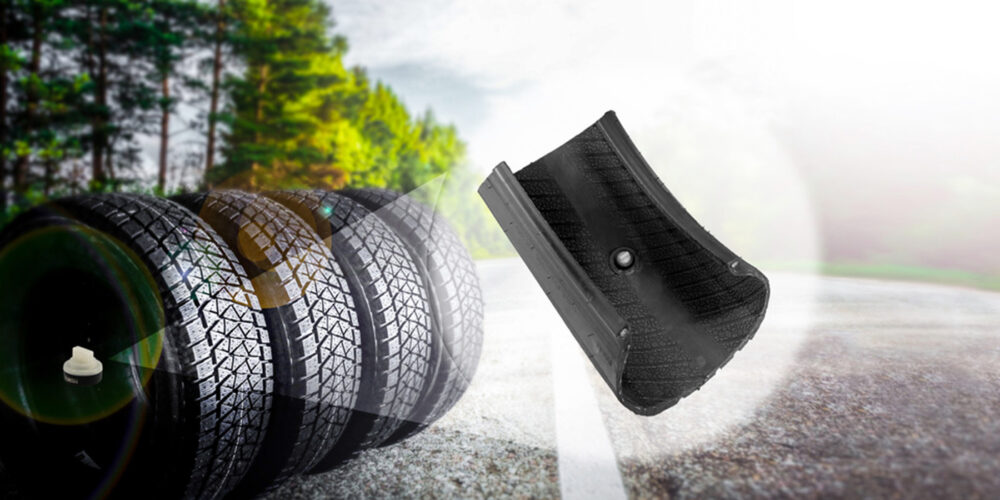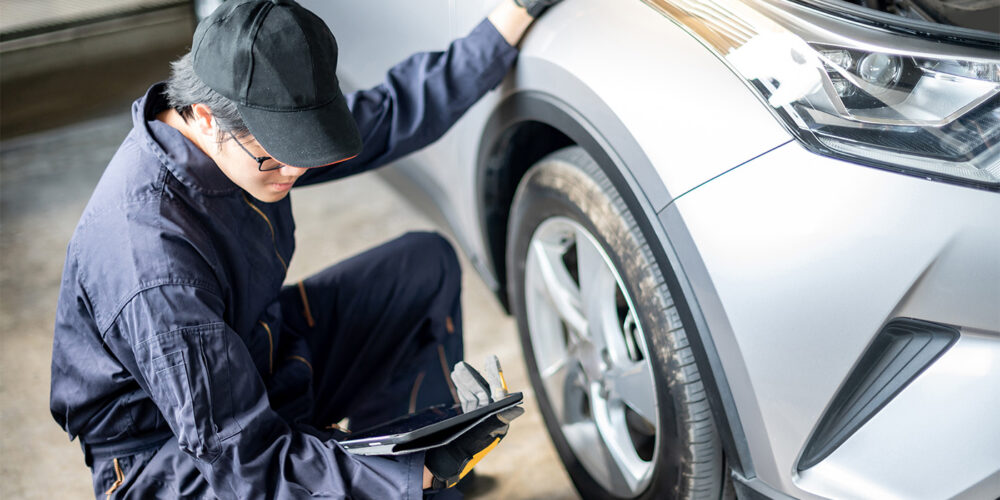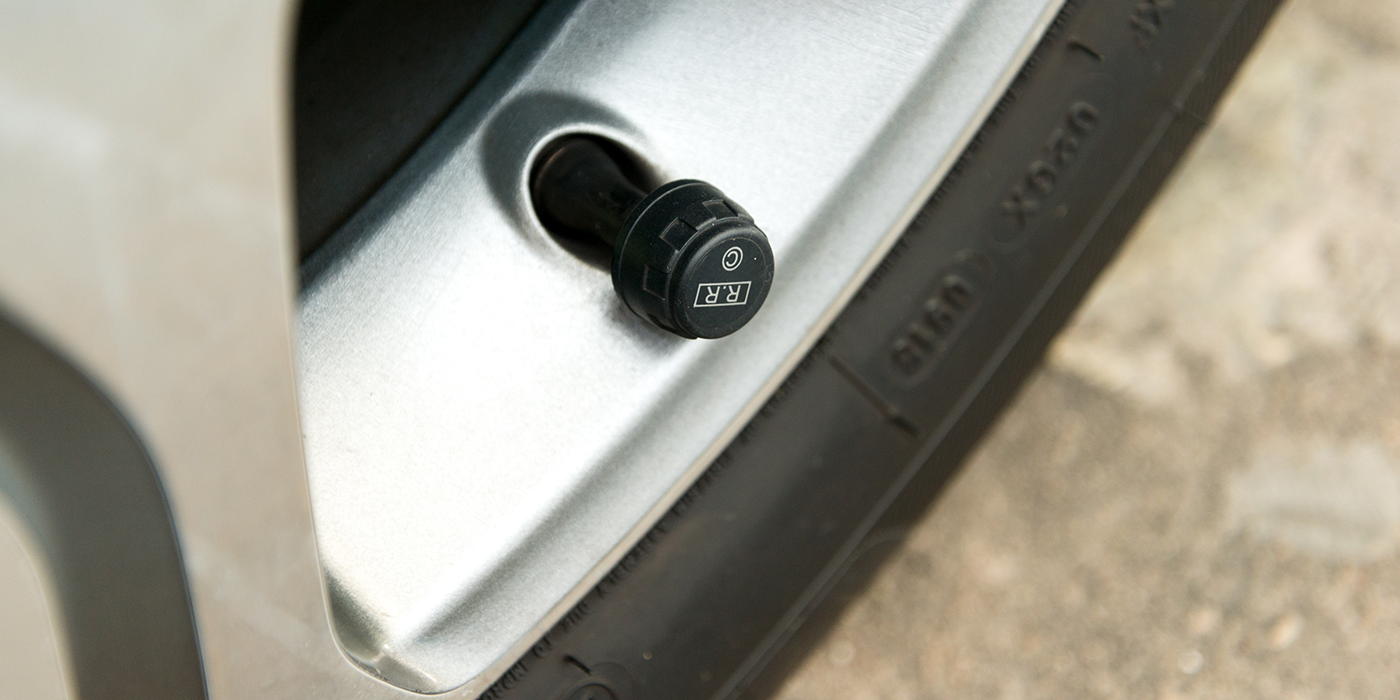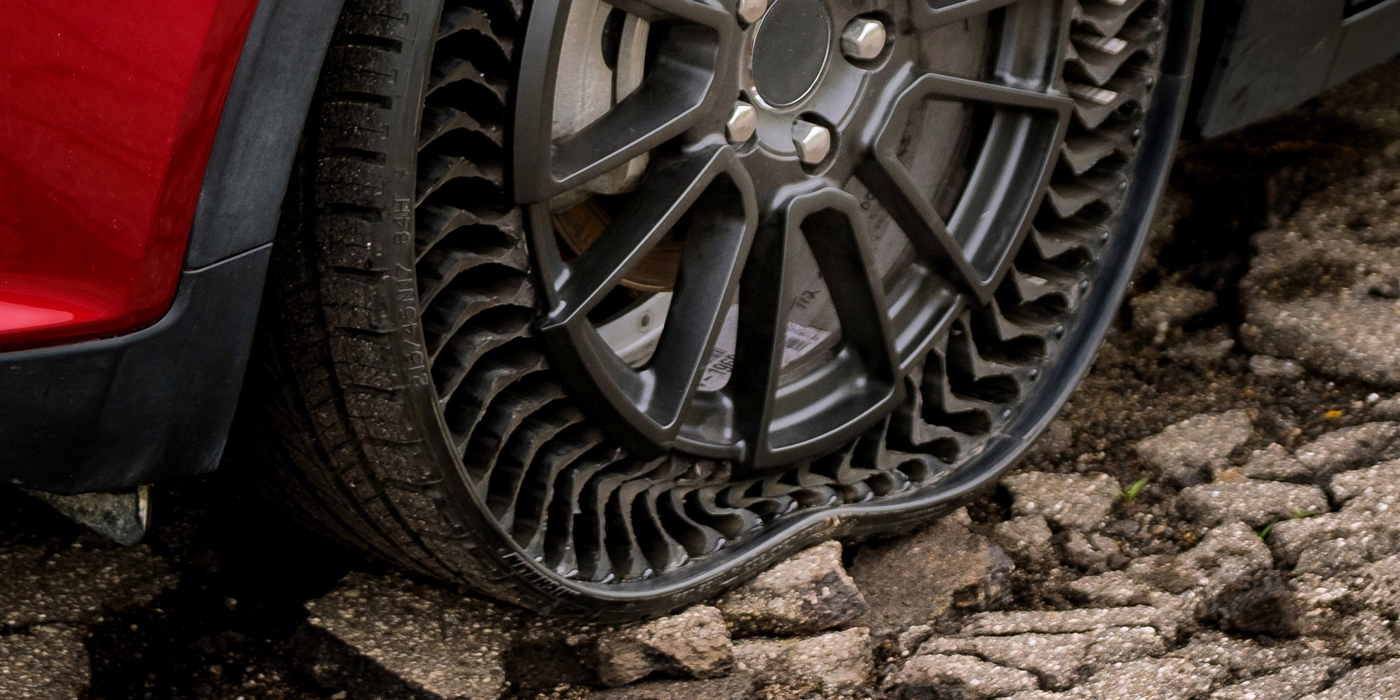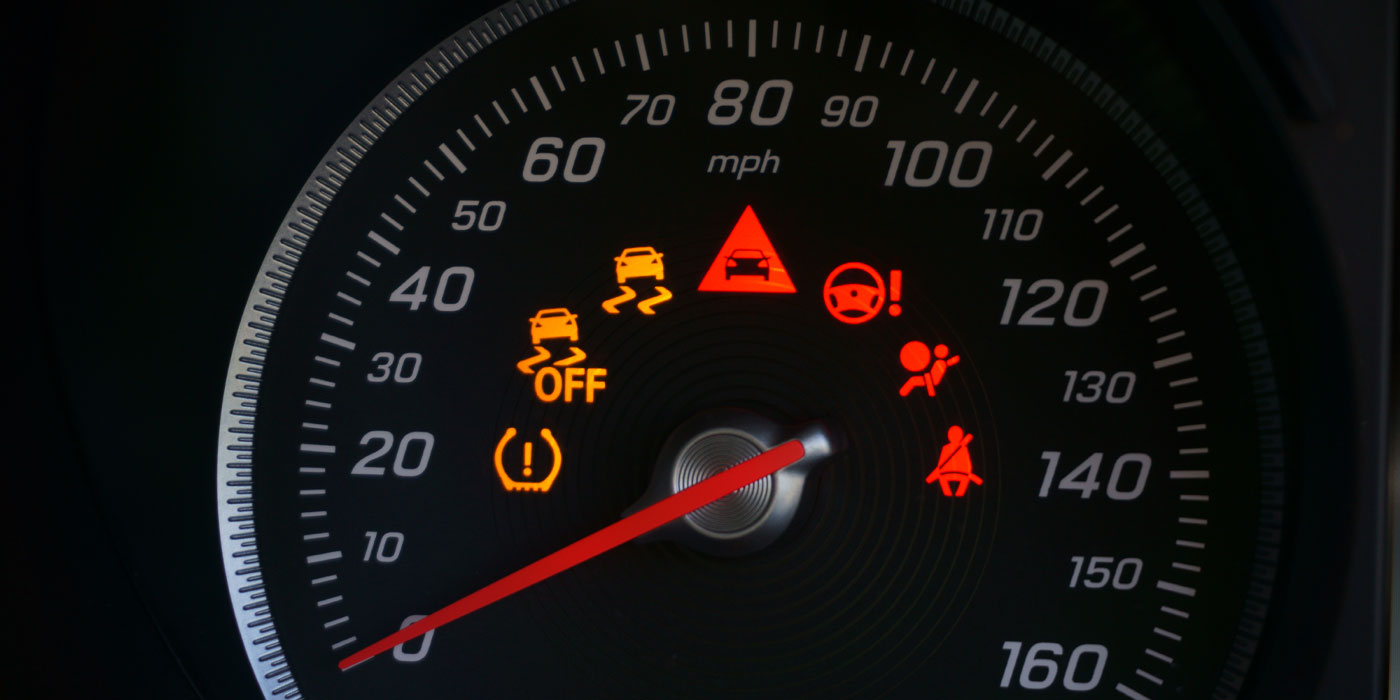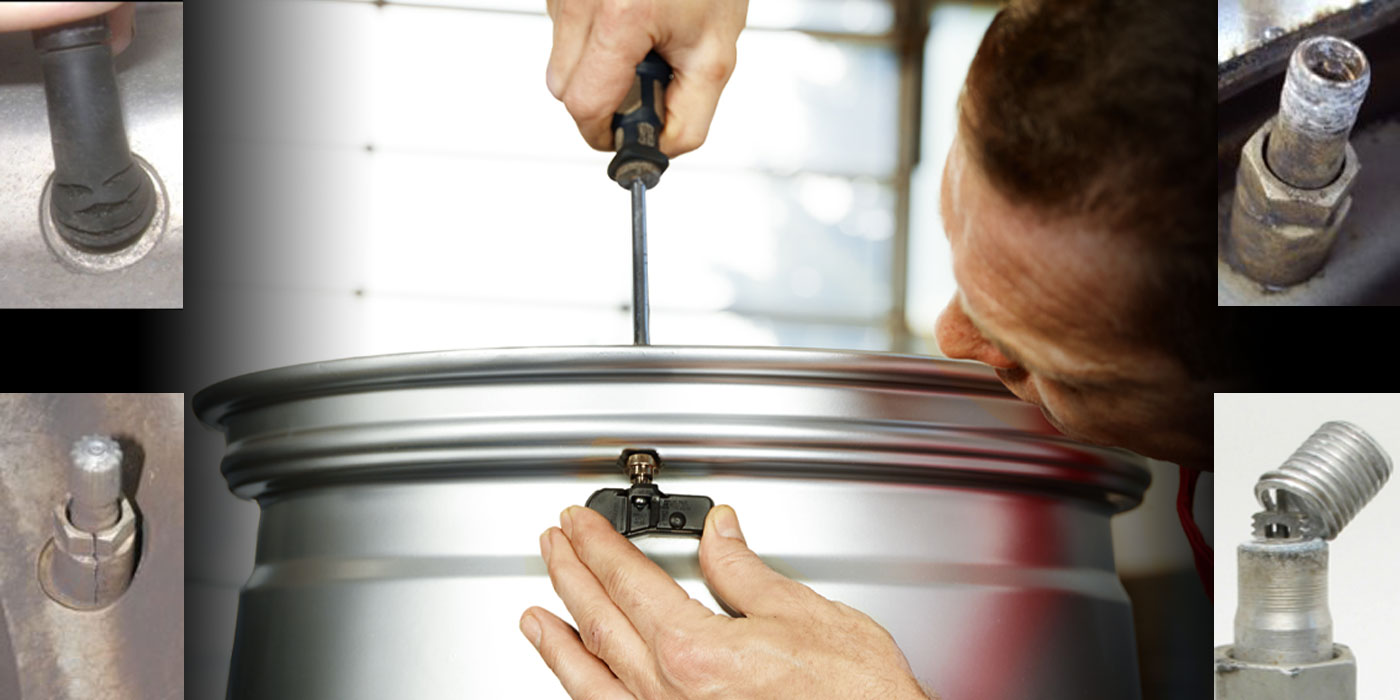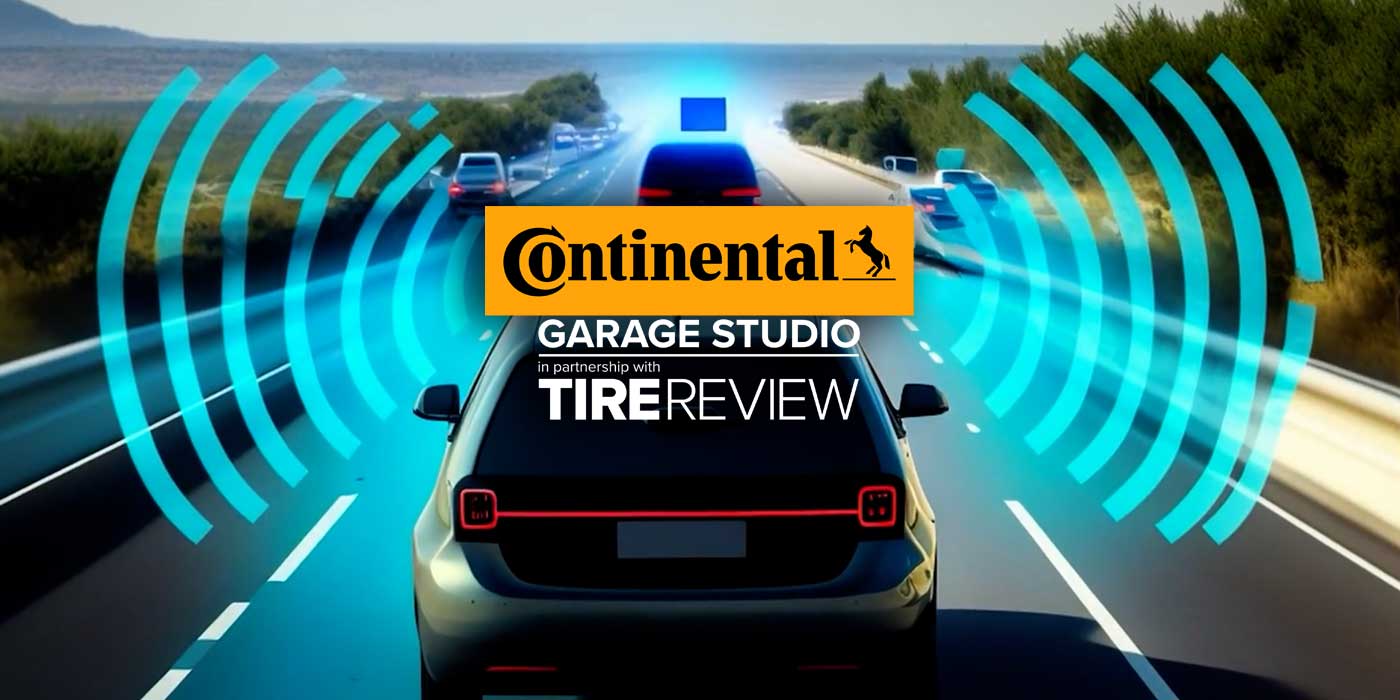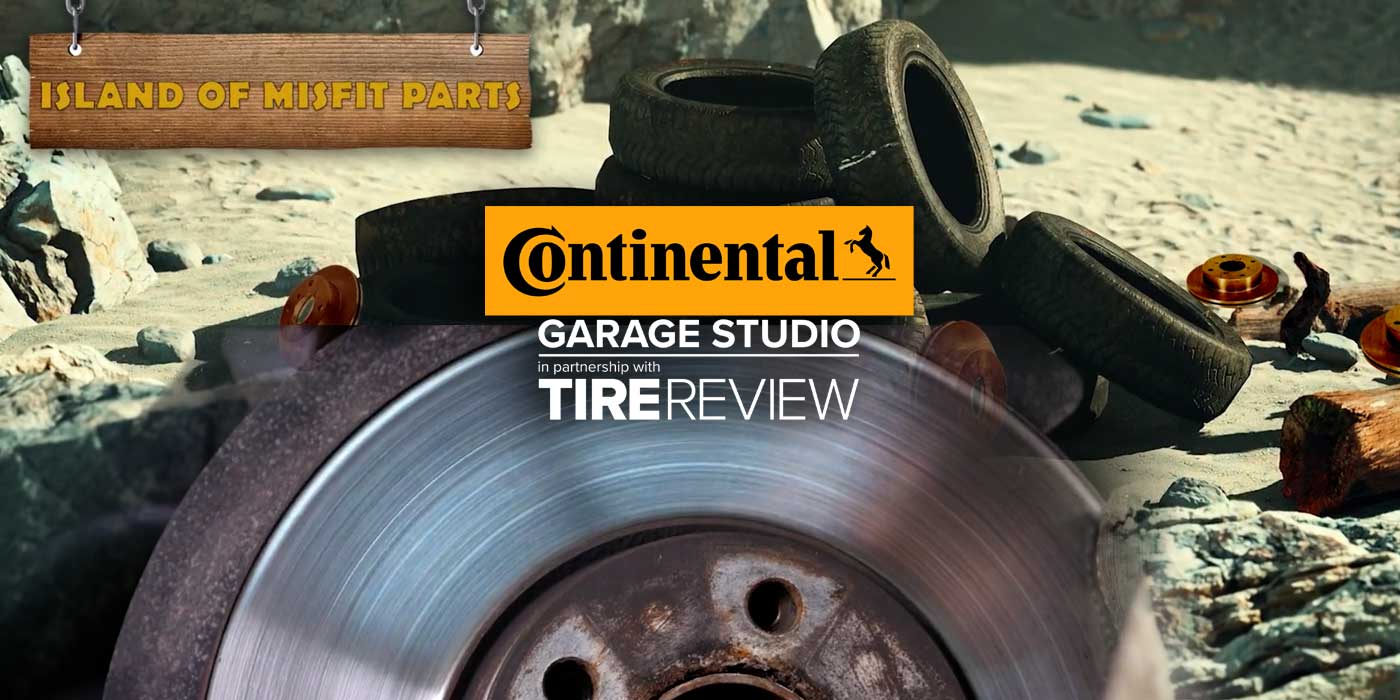Tire Pressure Monitoring Systems (TPMS) have come a long way since their original technology was introduced in the 1980s. At its inception, the system only went as far as turning on a warning light when tire pressure went outside of its recommended range. TPMS service was really limited to needing to stock dozens of different SKUs to offer coverage for all vehicle types equipped with TPMS.
Today, TPMS service can be covered using a single programmable sensor and the technology has advanced through wireless auto location displays, detecting temperature and pressure, using Bluetooth capabilities and mechanically fitting into more applications than ever before.
What is the next leap for TPMS?
For the technology to truly advance, the sensor must be able to detect more than just the air. Today, the sensor is most often connected to the inside of a valve mounted in the rim where it is suspended in the air inside of the tire, limiting its sensing capabilities to what it is exposed to… air. Increasing its capabilities is nearly impossible unless the sensor is mounted in a way that enables it to sense additional factors. By mounting the sensor to the inside wall of the tire, it is removing those limits and opens opportunities for new technologies to enter the mix.
A tire-mounted sensor is surrounded by a rubber sleeve which enables it to be glued to the inside wall of the tire. The tire is the only part of the vehicle that touches the road, so by adhering a sensor to the tire wall, the sensor can sense the road. Tire-mounted sensors will still detect tire pressure and temperature, but the new surface placement will allow it to also detect factors like vehicle load, road terrain and unique tire identification. These are capabilities that will continue to rise in importance as legislations continue to tighten on gas mileage and EVs continue to enter the market. The ability to give necessary data to optimize these areas is going to continuously increase in importance to the driver.
So what does all of this mean for repair?
Honestly, it’s a bit too soon to tell what the repair side of tire-mounted sensors looks like. Will the sensor be removable from the protective case and a new sensor easily replaced? Will the whole protective case be detachable? Will the sensor last the entire life of the tire with no repairs necessary/possible between tire purchases? Stay tuned.
There will likely be multiple types of tire-mounted sensors that enter the market that have various capabilities for repair. Staying on top of this trend and training at the shop level will be key to a shop’s ability to navigate this new technology and turn it into profit.
Jacki Lutz is the Global Head of Communications, Training and E-Commerce for Schrader TPMS Solutions, a global leader in TPMS. She is a TIA ATS instructor and serves on a variety of industry boards.

